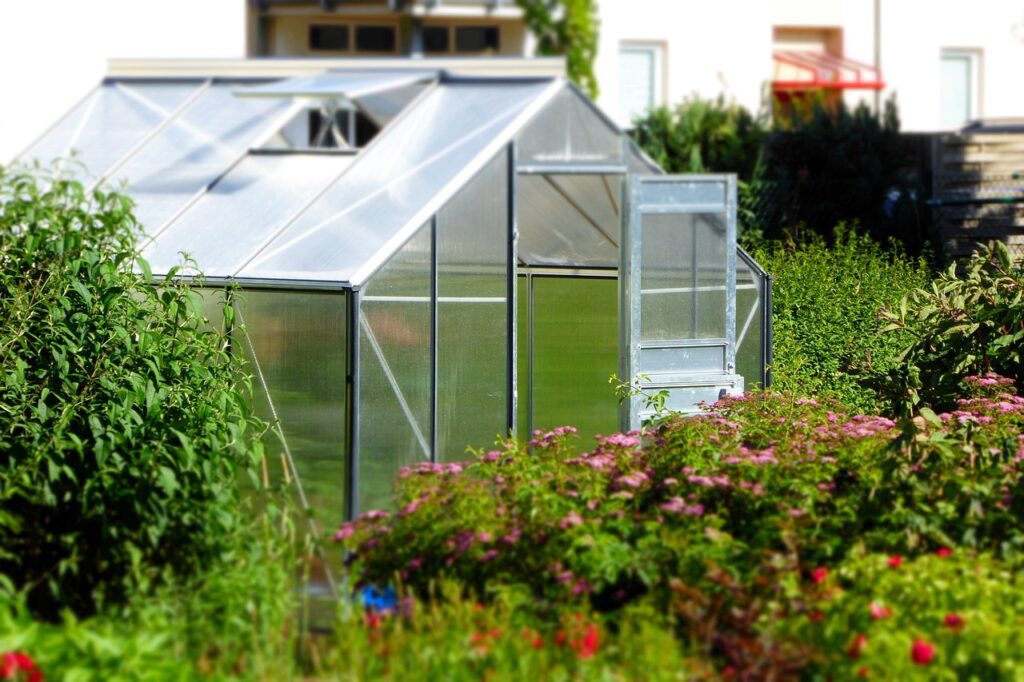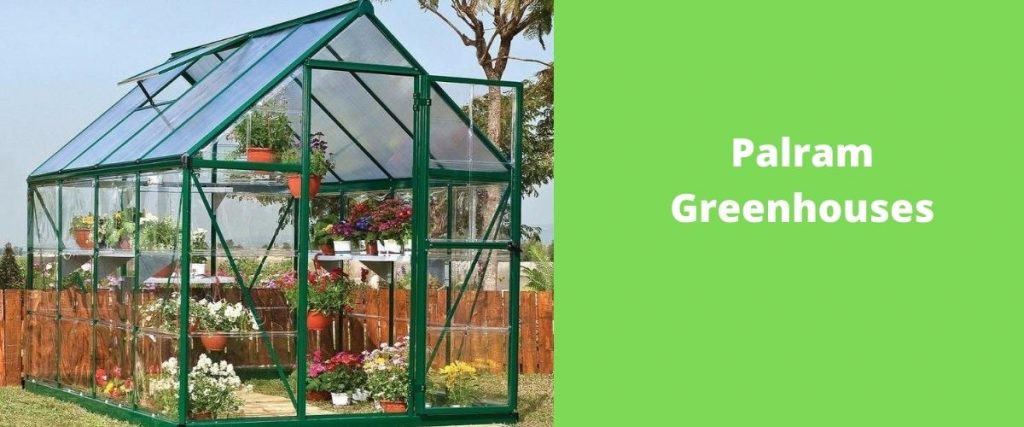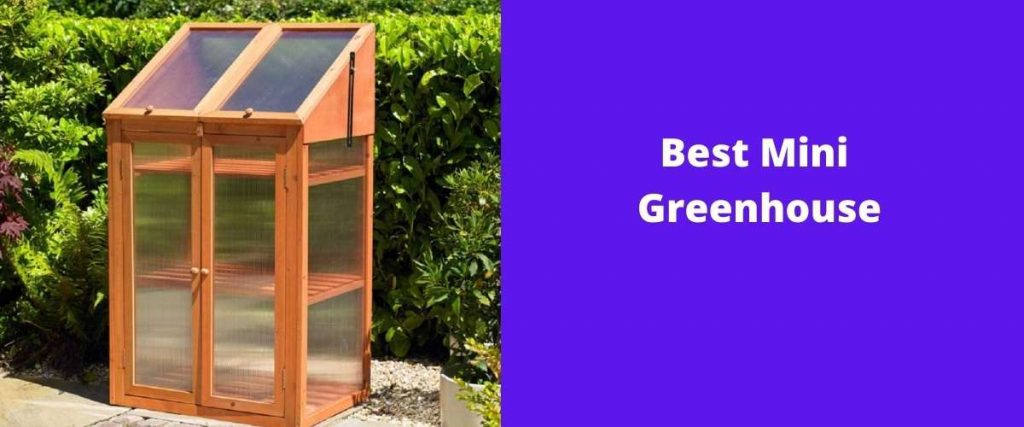A greenhouse not only protects plants from the extremes but also supplies the heat and light they require.
A greenhouse gets warm not just by holding the heat generated by the sun throughout the day but also by absorbing it into the ground, which helps to warm the air.
Plants are also protected from pests and insects and uncommon or extreme weather events in a greenhouse.
A greenhouse is a fantastic method to either prolong your growing season or grow vegetables year-round for farmers.
However, no matter where you live, a greenhouse is useless without a suitable ventilation system that allows fresh air to enter.
While extra equipment, like heaters and grow lights, may be required for growing plants, all greenhouses must include a system to circulate fresh air regardless of location.


The most crucial aspect of a good greenhouse is ventilation. Greenhouses and their plants suffer from a variety of issues when they are not properly ventilated.
This is because there are four primary uses for ventilation in a greenhouse. First and foremost, it aids in temperature regulation.
It also guarantees that your plants are getting enough fresh air to photosynthesize.
Furthermore, proper ventilation helps to avoid insect infestations and promotes vital pollination within the greenhouse. If your plants are having trouble in any of these areas, choosing the right fans and vents for your greenhouse will help you solve the problem.
Do I Need to Vent my Greenhouse?
One of the main reasons for putting vents and fans in the greenhouse is to manage excessively high humidity levels, which may harm your plants’ growth.
When there are large fluctuations in outdoor temperatures, moisture builds up in the greenhouse as in the spring and fall.
This moisture, in particular, can collect on the greenhouse’s roof and drop down onto the plants. Wet foliage attracts mildew, fungus, and bugs since it doesn’t have a chance to dry out.
Why is Greenhouse Ventilation Important?
Even in reasonably cold weather, a greenhouse without proper ventilation might get overheated.
Many plants are heat-sensitive and will wilt, stop growing, or die if exposed to too much heat. Vents strategically positioned throughout the greenhouse will assist in maintaining a more consistent temperature and enable some of the heat to escape naturally.
If heat is a major issue in your greenhouse, try installing an exhaust fan to force air out while allowing fresh air to flow in.
In warmer climates, the easiest approach to cool your greenhouse is to utilize an evaporative cooler combined with an exhaust fan.
All plants require carbon dioxide. If your greenhouse lacks enough airflow, the plants will not produce the carbohydrates required for nutrition.
Fresh air must enter your greenhouse via vents, but you must also have a circulation fan to keep the air moving and reaching all of your plants.
Not only will inadequate ventilation lead plants to grow sick and vulnerable to pests, but many bugs will find your greenhouse to be too cozy if the air is not circulated adequately.
In fact, by installing fans like this blower near plants infested with pests like whitefly, you may effectively drive these annoying infestations out of your greenhouse.
Because your greenhouse lacks natural wind, you’ll need to rely on good fans to keep it cool. Pollination can take place when the plants are slightly shaken by moving air.
This is particularly essential with self-pollinating plants like tomatoes.
If you find that your favorite plants aren’t producing fruit, it’s an indication that your greenhouse’s air circulation has to be improved.
You may also consider employing a hand pollinator to help with pollination. The mild pressure of the airflow on your plants will encourage them to produce stronger stems and root systems.
Good ventilation will benefit their overall health.
When should your greenhouse be ventilated and shaded?
Greenhouses are vulnerable to heat from spring until October. Few plants are likely to remain unharmed when exposed to prolonged high heat levels and a dry atmosphere within a greenhouse without heat protection.
With enough air circulation, humidity, and shade, many plants will tolerate high summer greenhouse, just as they do in the tropics and subtropics, where many greenhouse species originate.
Gardeners want to keep leaf temperatures from increasing to the point where tissue damage occurs.
By September, shade should be gradually reduced and eliminated once ventilation alone is sufficient to prevent overheating.
On chilly winter evenings, shades such as blinds and nets can be utilized to reduce heat loss.
How to Create a Perfect Ventilation System for Your Greenhouse?
In a greenhouse, air may generally enter and exit through three points:
- The door
- The vents on the top
- The vents on the sides
A properly ventilated greenhouse starts with a system of base vents that bring in fresh air and vents that discharge hot, humid air high on the walls near the ceiling or the roof.
A greenhouse will require wind rates of between two and three miles per hour to achieve the necessary ventilation.
To produce air exchange, active cooling requires mechanical instruments such as fans and evaporative coolers.
These devices necessitate the use of power, which costs money. As a result, it’s critical to have a cost-cutting passive system in place.
Active ventilation’s finest feature guarantees precise control, making it a crucial component in producing the optimum regulated temperature.
Fans are a natural choice for farmers, and they’re quite efficient. An evaporative cooling wall is especially beneficial in hotter areas since it can bring in fresh air while also chilling the growth environment substantially.
The wall draws air via a wet pad, which is subsequently distributed by fans. Evaporative cooling walls may easily lower temperatures by 20°F while also reducing the amount of water used.
Conclusion
Crops will grow, and a healthy temperature range will be promoted with constant airflow. Growers employ various strategies, equipment, and tactics to ensure appropriate ventilation, but the most effective solution is ventilation.
Greenhouses may be lifesavers for farmers, especially those of us who reside where the growing season is painfully short.
However, simply having a greenhouse will not ensure that your plants survive; you must also provide them with a clean, healthy environment that includes lots of fresh air flow in addition to other requirements for development.


